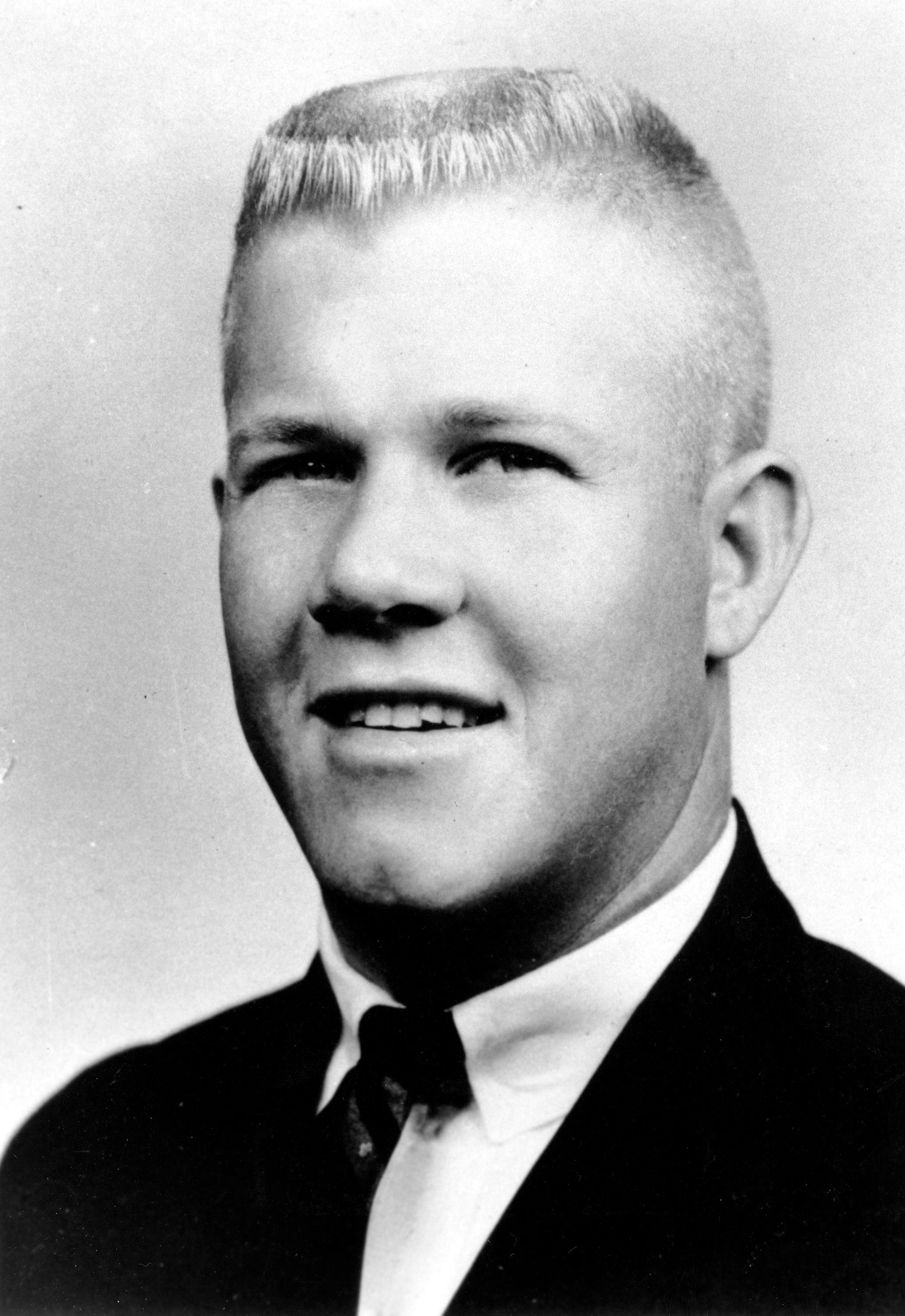The history of US mass shootings begins with a gunman in a tower in Texas in 1966
Last night’s attack on concert-goers in Las Vegas is the deadliest mass shooting ever in the United States.


Last night’s attack on concert-goers in Las Vegas is the deadliest mass shooting ever in the United States.
More than 58 people are dead and 500 are injured after Stephen Paddock opened fire on crowds at a country music festival from a window in the Mandalay Bay hotel on the Las Vegas Strip.
The details of the shooting—the “lone wolf” gunman, deadly bullets sprayed on a crowd from on high, the unprecedented death toll—recall an eerily similar attack in Texas that took place over 50 years ago, to which many point as the beginning of a gruesome era of mass violence in the US.

On Monday, Aug. 1, 1966, a 25-year-old architectural engineering student and former Marine sniper, Charles Whitman, killed 15 people and wounded over 30 others in a mass shooting he carried out on the University of Texas’s Austin campus. (Two more eventually died as a result of the attack).
Whitman murdered his wife and mother before arming himself with three rifles, two pistols, and a sawed-off shotgun. He then climbed to the observation deck of the 27-story clock tower in the middle of the campus and opened fire on unsuspecting pedestrians below. The shots started just before noon.
The shooting spree came to an end when two Austin police officers made their way to to top of the clock tower, and were able to shoot and kill Whitman.
No motive was ever established for the attack, though many blamed mental illness. The day after the shooting, the Waco News Tribune described Whitman as a “good son, a top Boy Scout, and excellent marine, an honor student, a hard worker, a loving husband, a fine scout master, a handsome man, a wonderful friend to all who knew him—and an expert sniper.”
The Austin police was vastly unprepared to deal with a deadly public attack at the time (there was no central command center or assigned combat unit). Since then, police departments have implemented specialized SWAT teams during mass shootings to deal with active shooters, which have disturbingly become more and more common since that fateful day in 1966.
A deadly legacy
It’s hard to believe in the wake of national tragedies like Orlando, Sandy Hook, San Bernardino, Charleston, and so many others, but at the time, there was no precedent for mass shootings in America like the one at University of Texas. The attack “introduced the nation to the idea of mass murder in a public space,” Pamela Colloff wrote in a 2006 oral history of the shooting for Texas Monthly.
“If this happened now, there would almost be a feeling of having seen it before. But we had no reference point then,” said Brenda Bell, who was a junior at UT during the shooting. “We weren’t even scared at first. We were just wildly curious… we stood there peering out over each other’s shoulders.”
At the time, the University of Texas shooting was ranked by the Associated Press as the second most important story of 1966, behind the Vietnam War. “You knew that after this day, this moment,” said Gayle Ross, another student during the attack, “nothing would ever be quite the same again.”
Eerily similar to Whitman’s attack in Austin, Paddock’s victims were sitting ducks. From hundreds of feet in the air, he sprayed bullets down on crowds of concertgoers who were unable to protect or defend themselves as police scrambled to try and figure out exactly where the shots were coming from.
Whitman’s shooting spree lasted for 96 horrific minutes of chaos, hysteria, and terror as hundreds of students, professors, and tourists cowered in fear. By contrast, Paddock’s mass shooting in Vegas lasted only about 10 minutes.